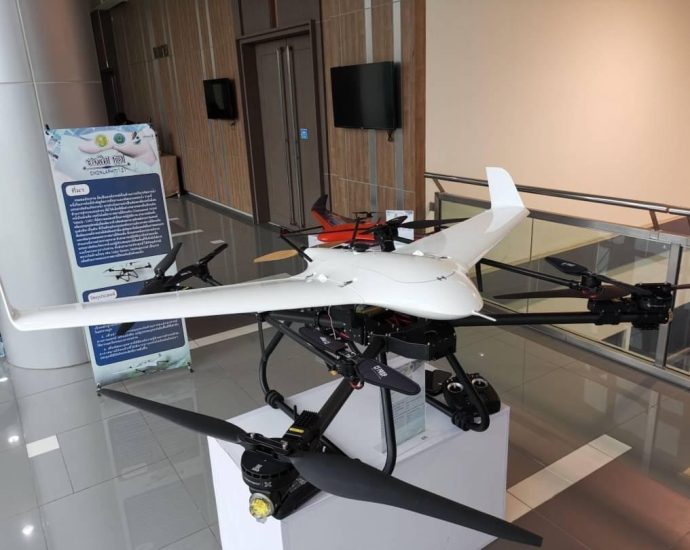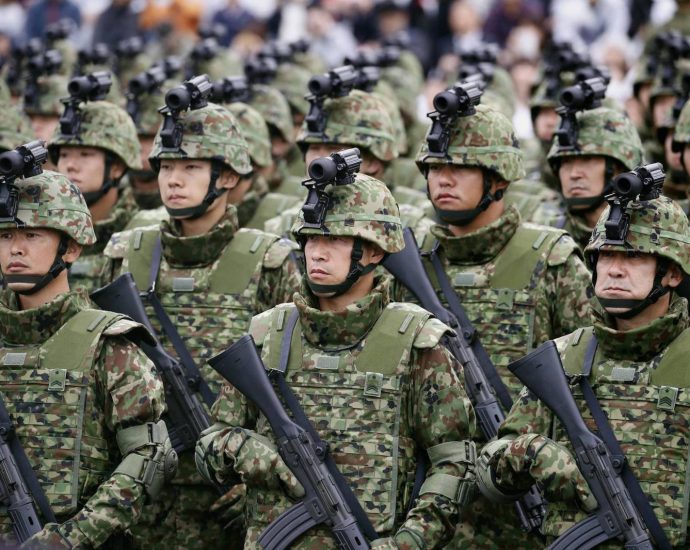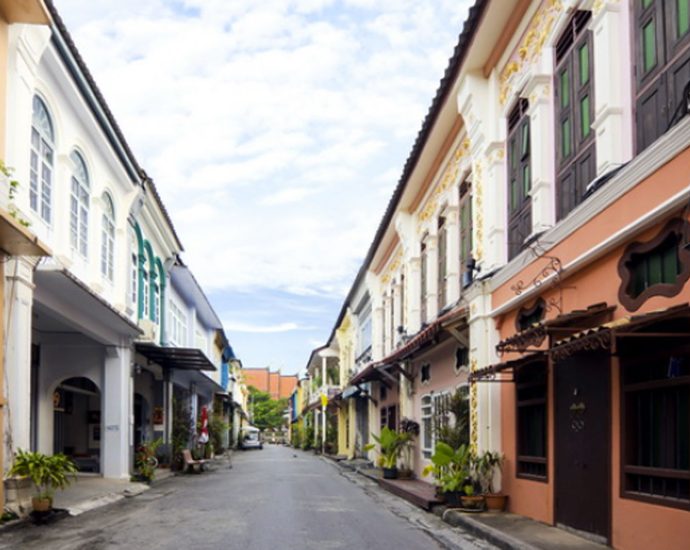Vegetable farmers in Malaysia brace for lower crop yield as El Nino and haze looms

El NINO, HAZE COULD IMPACT FARMER’S CROP YIELD: ENVIRONMENT MINISTER
Speaking in parliament on Jun 7, Malaysia’s Minister of Natural Resources, Environment and Climate Change Nik Nazmi Nik Ahmad said the country is expected to experience a weak El Nino from June onwards, reaching moderate intensity in November.
The El Nino phenomenon, which is a climate pattern in the Pacific Ocean, can potentially lead to warmer and drier weather in countries like Malaysia, Singapore and Indonesia.
However, Mr Nik Nazmi maintained that extreme warm temperatures exceeding 38 degrees Celsius are not predicted to occur between June and December.
Furthermore, countries in Southeast Asia are also gearing up for a higher risk of transboundary haze in the coming months, in what has become an almost annual affair in the region.
In a recent interview with CNA, Mr Nik Nazmi said that the hot weather conditions, as well as the impending transboundary haze, could lead to “quite worrying levels” of crop yields for farmers in Malaysia.
“I think we tend to underestimate (the impact of hot weather). Maybe in a way we think, oh, we’re Malaysians …. And we are used to the heat. But we all recognise now that the heat is unusual. The hot days are longer, and the temperatures are getting higher,” said the Member of Parliament for Setiawangsa.
He added that this impact in yield could possibly impact the supply chain and increase the prices of food.





















